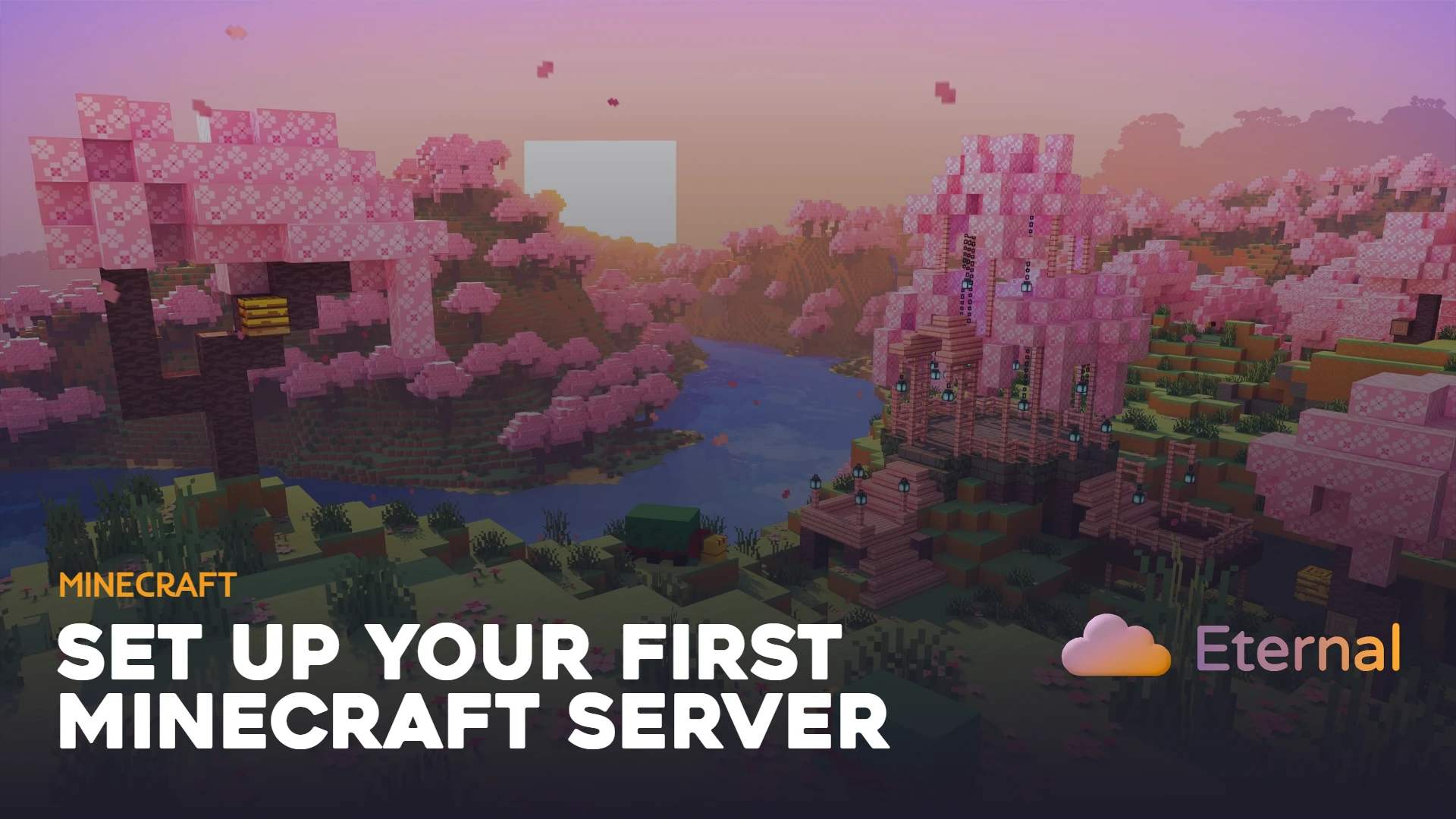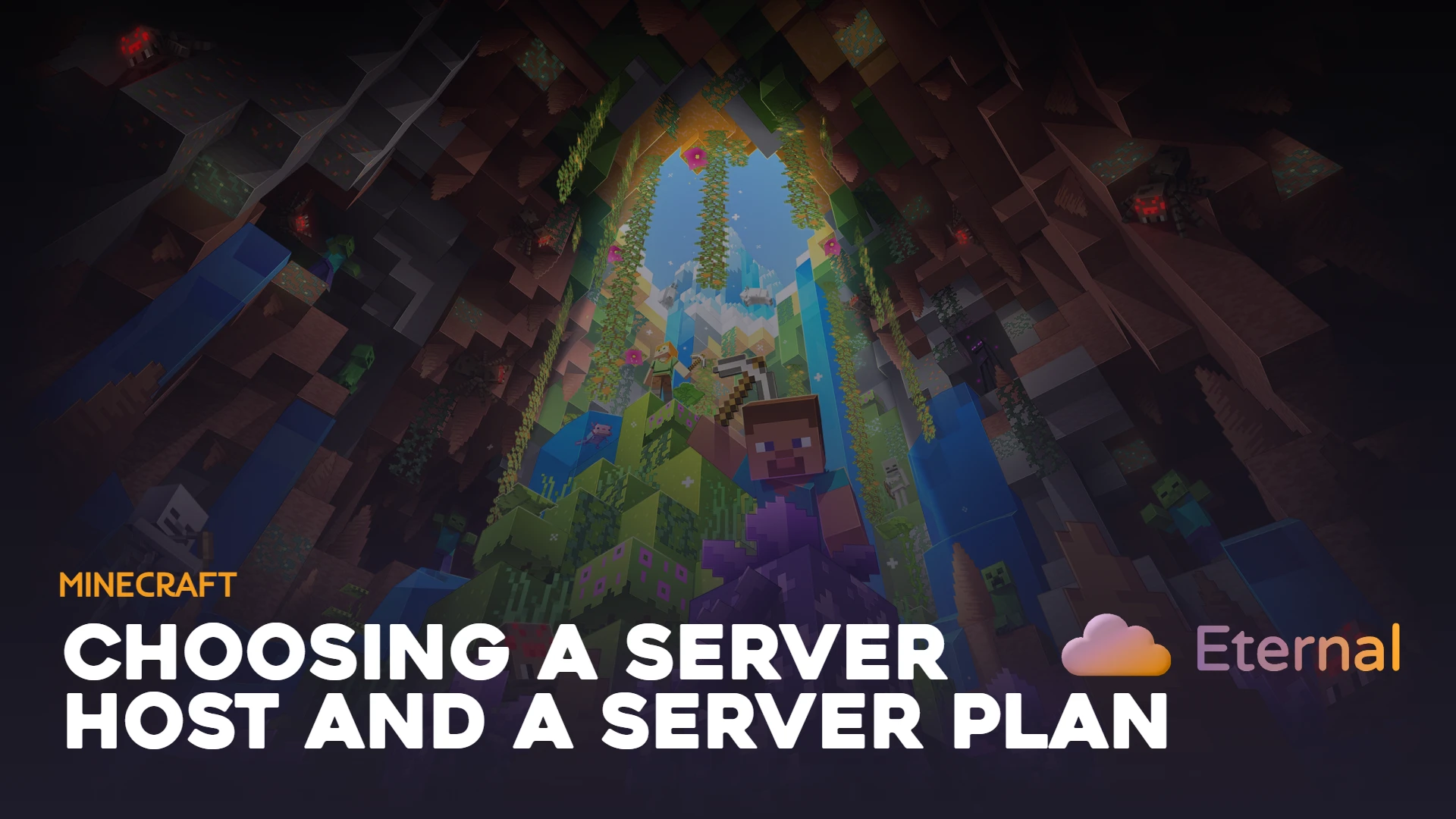You've got your dream server set up, and your friends or community are all hyped about it. But when you try to join and use the server, it's unresponsive. You can't log in, and it keeps crashing. What could be wrong? It worked perfectly fine when you set it up last night!
Chances are, you're facing a DDoS attack. But don't worry, let's prepare to fight it off even before it happens, shall we?
1. What is a DDoS Attack?
There are two ways to describe a DDoS attack.
First the technical term. DDoS attack is a distributed denial-of-service.
In simpler terms, DDoS attack is a disruption of a server, service or a network by overloading it with large amounts of Data at once.
There are three types of DDoS attacks: Volumetric, Protocol, and Application Layer attacks.
But what are they exactly?
Volumetric Attacks:
This is the easiest and most commonly used type of attack that game servers face. Malicious actors use a bot net (large number of bots) to flood a targeted system which consumes all of its available bandwidth.
Protocol Attacks:
Protocol attacks use layer 3 or layer 4 protocols like ICMP to overload a system by flooding with a boatload of unwanted traffic which makes the system unresponsive for the users.
Application Layer Attacks:
This is the hardest but thankfully the most uncommon method of attacks that game servers face. Application layer attacks use HTTP requests that seem legitimate to overwhelm a system.
2. How to recognize a DDoS attack?
Thankfully, it's not hard to recognize if your game server is being DDoS attacked. There are three main symptoms of an attack:
Unusual Traffic Spikes
You may notice traffic spikes that are much higher than your normal levels.
Unusually Slow Performance or Connection Timeouts
The server may become very slow to respond or you might experience frequent connection timeouts. This is different from regular server lag issues.
Frequent Player Disconnects and Server Crashes
Players may frequently disconnect, and the server may crash or become unstable.
But you don't have to rely on these symptoms alone, as they typically occur while a DDoS attack is already in action. There are tools available that allow you to monitor and detect these attacks before they even begin.
Detection and Monitoring Tools
You can easily use and set up services like Grafana, Zabbix, and Cloudflare to detect attacks. These tools monitor your server's traffic and identify unusual or unwanted traffic spikes or patterns. With these services, you can set up firewalls, real-time metrics, trigger-based monitoring, and even traffic analysis and attack mitigation using Cloudflare to protect yourself from attacks.
You can refer to the documentation of these services to learn more about these methods and the setup process.
3. Choosing the Right Hosting Provider
You don't have to fight your battles alone. Most hosting providers offer server plans that come with built-in DDoS protection, which is often more than enough to defend your server from an attack. At Eternal Hosting, every plan we offer includes our own robust DDoS detection and protection.
When choosing a hosting provider, look for a redundant network setup and scalable resources based on demand. However, these features typically come with higher costs. That said, in many cases, basic DDoS protection is more than enough for your server.
Don't just look at the price when choosing a hosting provider. Ensure they offer comprehensive DDoS protection, have multiple data centers for redundancy, and provide 24/7 monitoring and support.
4. Use plugins to prevent DDoS attacks
First off, plugins can't prevent your server from being attacked, but they can help protect it during an attack.
What does that mean?
Plugins can act as a front-line defense against volumetric attacks by filtering unwanted traffic. Here are our recommendations from our essential plugins guide:
- Auth Me: User authentication plugin that requires players to register and login
- Ultimate Anti-Bot: Detects bots and VPNs (Highly recommended for comprehensive protection)
- Anti-VPN: Best for detecting bots that are sent using cloud servers and proxy networks
- IP Address Limiter: Prevents users or accounts from joining multiple times with the same IP in a short period
Layer multiple security plugins for maximum protection. Use authentication plugins combined with anti-bot detection and IP limiting for comprehensive defense.
5. Utilizing IP/User Whitelisting and Blacklisting
You can secure your server by enabling whitelisting, which allows you to control who can join your server, completely preventing botnet attacks. This is especially important if you're running a private server - learn more about protecting your server from griefers.
Additionally, you can blacklist IPs known for these types of attacks.
Whitelisting Best Practices:
- Enable whitelist mode for private servers
- Regularly review and update your whitelist
- Use UUID-based whitelisting when possible
- Implement temporary whitelist exceptions for events
Blacklisting Strategies:
- Block known malicious IP ranges
- Use community-maintained blacklists
- Implement automatic blacklisting for repeat offenders
- Monitor and update blacklists regularly
6. Regularly backup your server and have a recovery plan
Even though your hosting provider may have automatic backups, why rely on them when you can be 100% sure your data is secure by having local backups? Make sure to back up your server to your local machine or your own backup system at least every few days.
Having a failover system is also a good idea. It allows your server to automatically redirect users to a backup server during outages caused by an attack.
Backup Strategy Recommendations:
- Daily automated backups of world files and configurations
- Weekly full server backups including plugins and custom content
- Off-site backup storage using cloud services or remote servers
- Regular backup testing to ensure restoration works properly
- Documented recovery procedures for quick restoration during attacks
Test your backups regularly by performing restoration drills. A backup is only as good as your ability to restore from it quickly during an emergency.
7. Educate your server Admins and Players
You can educate your server admins on how to detect a DDoS attack and how to respond to them. Teach them what to do in specific scenarios. Additionally, educate your players on how they can assist you and your admins in handling and facing an attack, rather than just panicking over it.
Admin Training Topics:
- Recognizing early warning signs of attacks
- Emergency response procedures and contact information
- How to implement temporary protective measures
- Communication protocols during incidents
- Post-attack analysis and improvement planning
Player Education:
- How to report suspicious activity or unusual lag
- Alternative communication channels during outages
- Understanding why certain security measures are in place
- Patience and support during attack mitigation
With this information, we are confident that you are well equipped to face a DDoS attack and protect your game server from being compromised. Remember, preparation is key to effective defense.
Advanced Protection Strategies
For servers that face frequent or sophisticated attacks, consider implementing these advanced protection measures:
Rate Limiting and Traffic Shaping
- Implement connection rate limits per IP address
- Use traffic shaping to prioritize legitimate traffic
- Configure adaptive rate limiting based on server load
Geographic Filtering
- Block traffic from regions where you don't have players
- Use GeoIP databases to identify traffic origins
- Implement country-based access controls
Behavioral Analysis
- Monitor player behavior patterns for anomalies
- Implement machine learning-based bot detection
- Use statistical analysis to identify attack patterns
Conclusion
Securing your game server against DDoS attacks is essential for providing a seamless experience to your players. By understanding the nature of DDoS attacks, recognizing their signs, and implementing preventive measures, such as choosing the right hosting provider, using security plugins, and setting up detection tools, you can significantly reduce the risk of disruptions. Regular backups, recovery plans, and educating your admins and players will further strengthen your defense.
With these strategies in place, you can confidently protect your server, ensuring a stable and enjoyable environment for your community. Take action today to safeguard your hard work and keep the fun going uninterrupted!
Remember, DDoS protection is not a one-time setup but an ongoing process that requires constant vigilance, regular updates, and continuous improvement of your security measures. If you're just starting out, make sure to follow our server setup guide and consider our protected hosting plans for peace of mind.



